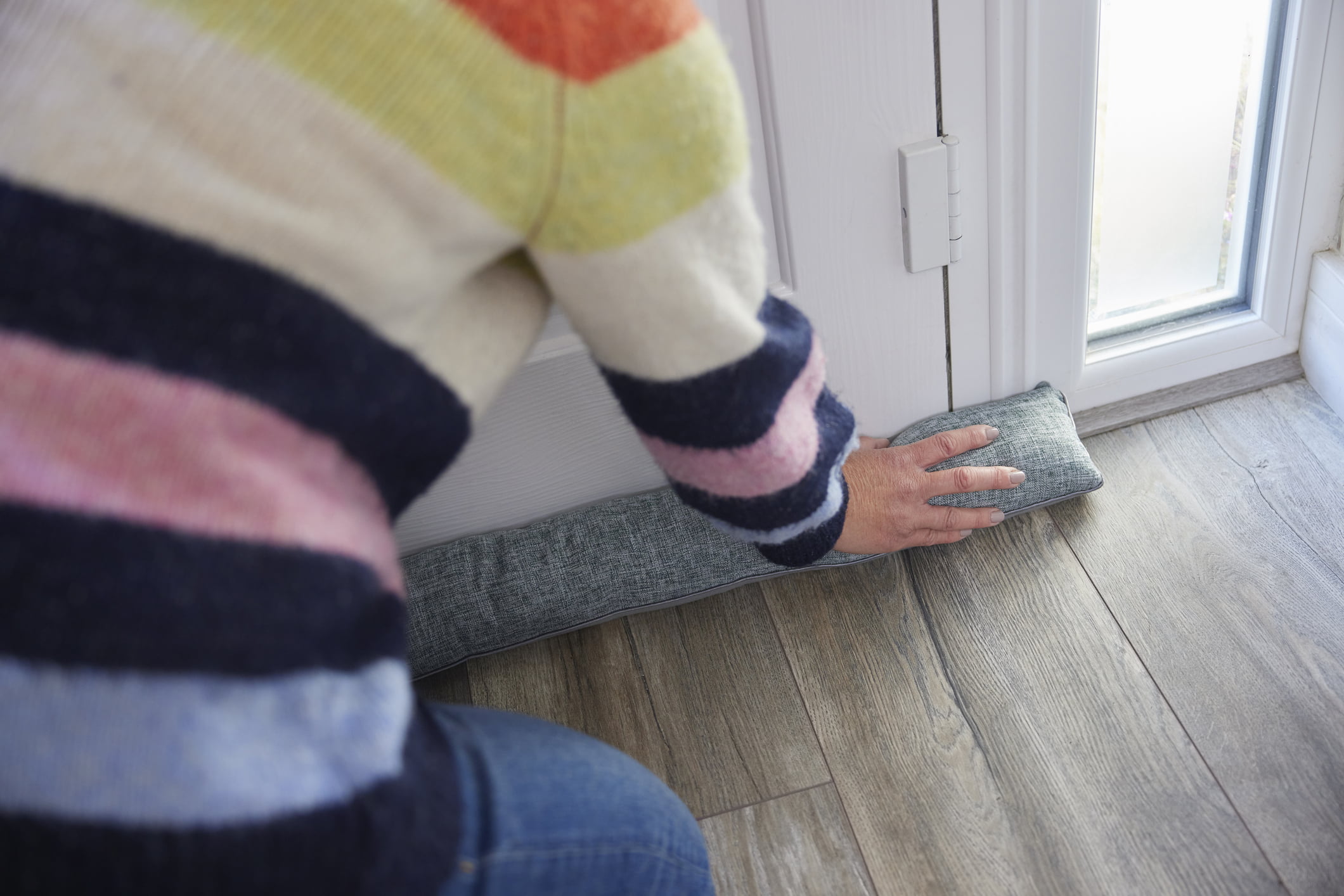So far, we’ve covered reducing heat loss through insulation. But your heating controls also play an important part when it comes to heating your home during winter.
A programmer lets you set the time you want your heating to come on and go off. This helps you heat your home when you need it and avoid wasting energy when it’s not needed.
For example: you can set your heating to come in early in the morning ready for when you get up. You can then set it to go off when you’re out of the house. Check your programmer’s instructions to see how to set up heating cycles that suit your needs.
If you team this up with a thermostat, you can automatically turn the heating off when it reaches a certain temperature. A thermostat should be the lowest comfortable temperature for your needs; for most people, that’s between 18°C and 21°C.
Thermostatic radiator valves (TRVs) can also help you save money while keeping warm. TRVs control the flow of hot water through a radiator, opening when the room temperature is too low and closing when it’s too high. This helps keep the room at a consistent temperature.
You can also switch them off completely in rooms that you don’t need to heat, saving more money again. You can easily adjust a TRV to your needs by opening or closing the valve.

